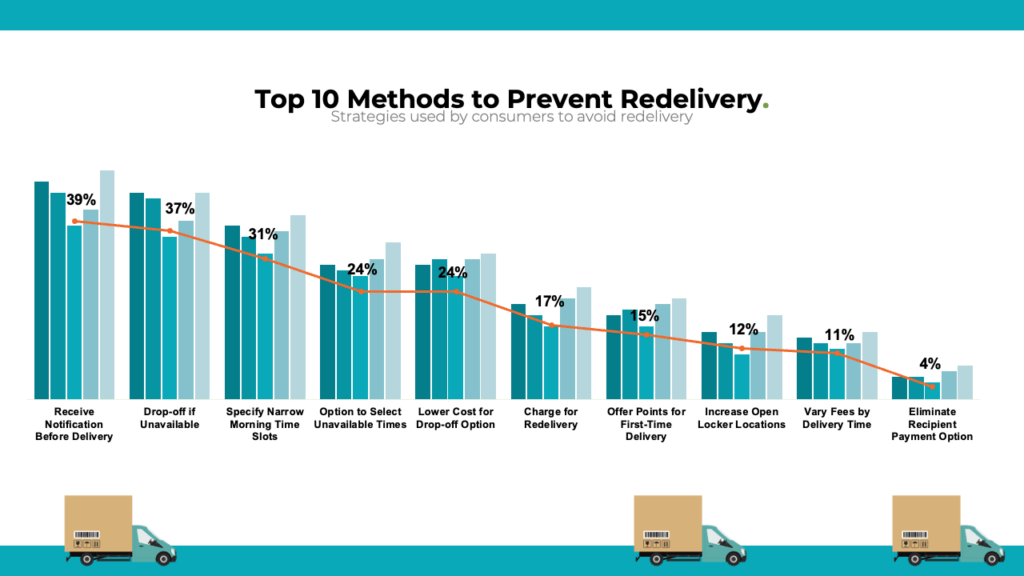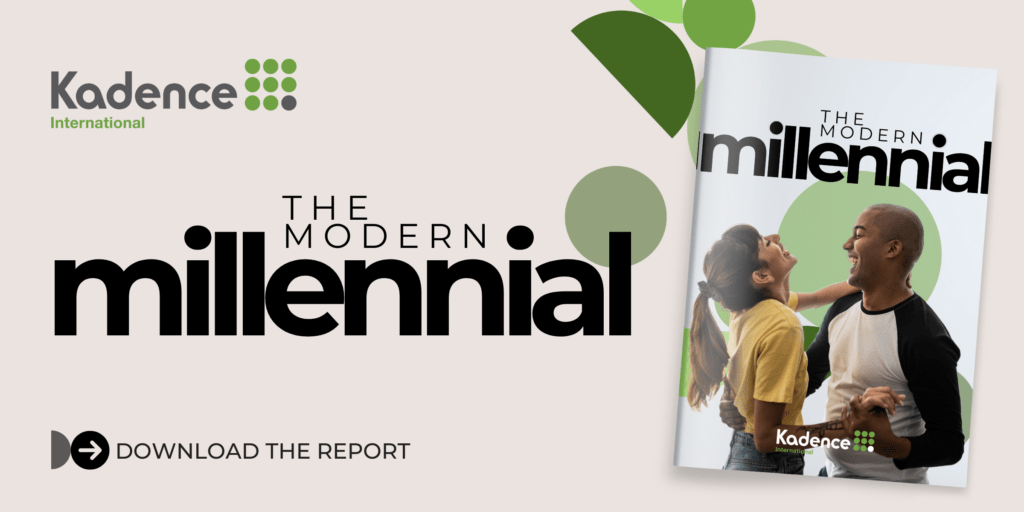The technology industry, long known for its constant innovation, is about to undergo even more transformative changes in 2025. As emerging technologies continue to evolve and global dynamics shift, businesses will face new opportunities and challenges that will reshape the future of tech. From quantum computing breakthroughs to the rise of ethical AI and the expansion of edge computing, these trends are set to disrupt the way industries operate and how technology will drive progress.
In this rapidly evolving environment, staying ahead of the curve is essential for tech companies to remain competitive. Let’s explore the four key trends that will redefine the technology landscape in the coming year.
Trend 1: Quantum Computing Enters Commercialization
After years of research and theoretical advancements, quantum computing is finally making the leap from academic breakthroughs to real-world applications. In 2025, quantum technology is poised to solve complex, data-intensive problems across industries like finance, healthcare, logistics, and beyond. Companies are beginning to harness the power of quantum computing to perform calculations and simulations that would have been unimaginable with classical computers. This shift marks the start of a new era in computing, where quantum algorithms will drive unparalleled advancements in problem-solving capabilities.
Why This Will Disrupt:
- Offers exponential speed-ups for data-intensive computations: Quantum computers have the potential to process massive datasets at speeds far beyond the capabilities of today’s supercomputers. This capability could revolutionize sectors such as pharmaceuticals, where simulations of molecular interactions could accelerate drug discovery, or finance, where quantum computing could optimize complex algorithms in real time.
- Forces industries to reimagine processes that rely on advanced analytics: As quantum computing begins to tackle problems once thought unsolvable, industries will need to rethink their existing frameworks. From logistics to supply chain management, quantum algorithms could offer solutions that drastically improve efficiency and reduce costs by enabling more sophisticated predictive models and optimization techniques.
- Creates a race among tech companies to lead in quantum innovation and commercialization: With its enormous potential, quantum computing has sparked a global race among tech giants, startups, and academic institutions to develop practical applications. Companies that successfully commercialize quantum technology first will hold a major competitive edge, driving innovations and leading the charge in industries from machine learning to climate modeling.
As quantum computing moves into the mainstream in 2025, businesses must adapt quickly to incorporate this powerful new technology or risk being left behind. The disruption it will bring across industries is profound, as quantum algorithms promise to revolutionize the speed and efficiency of data processing and complex decision-making.
Case Study: Google – Sycamore and the Quantum Leap
Google’s quantum computing project, Sycamore, demonstrated quantum supremacy in 2019 by solving a problem that was previously intractable for classical computers. The project marked a historic breakthrough, showing that quantum computers can perform specific tasks exponentially faster than conventional ones. As Google continues to push the boundaries of quantum technology, its ongoing research aims to transition quantum computing from theoretical breakthroughs to real-world applications that could revolutionize industries like finance, healthcare, and logistics, particularly those reliant on massive data processing and computational power.
Trend 2: AI Ethics and Regulation Take Center Stage
As artificial intelligence (AI) becomes increasingly embedded in technology across industries, concerns regarding its ethical use and societal impact are growing louder. In 2025, AI is no longer just a tool; it’s a critical driver of business operations, decision-making, and even personal lives. With its vast potential, AI is also raising complex questions about fairness, accountability, and transparency. To address these concerns, stricter regulations and ethical frameworks are expected to reshape how AI is developed and deployed, ensuring it aligns with societal values while mitigating risks.
Why This Will Disrupt:
- Adds compliance costs and slows down unregulated AI deployments: As governments and international bodies introduce new laws to ensure AI technologies are safe, fair, and transparent, companies will face increased regulatory compliance costs. The need to adhere to these regulations will slow down the rapid deployment of AI tools, particularly in sectors like finance, healthcare, and autonomous systems, where ethical considerations are paramount.
- Pushes tech companies to prioritize transparency and bias mitigation: In 2025, the focus on AI ethics will force companies to address the biases that AI models can inherit from historical data or skewed training sets. Tech companies will need to invest in developing transparent AI systems that can be audited for fairness and accountability. This emphasis on ethical AI will drive innovation in tools for bias detection, algorithm transparency, and ethical oversight.
- Creates opportunities for innovation in ethical AI tools and auditing solutions: With the growing demand for ethical AI, there will be a surge in the development of tools and services aimed at auditing, monitoring, and enhancing the ethical standards of AI systems. Companies will invest in creating new software, platforms, and methodologies to ensure that AI applications meet established ethical guidelines. This opens the door to new business opportunities focused on responsible AI development.
In 2025, as AI continues to shape industries, its ethical implications will take center stage. With growing scrutiny from regulators, consumers, and advocacy groups, technology companies will need to innovate and prioritize the ethical development of AI to maintain trust and compliance, positioning themselves for long-term success in a rapidly evolving regulatory landscape.
Case Study: NVIDIA – Revolutionizing Edge Computing with Jetson
NVIDIA’s edge computing solutions, including the Jetson platform, enable real-time AI processing directly on edge devices, which is crucial for industries requiring immediate decision-making, such as autonomous vehicles, smart cities, and industrial automation. By bringing AI capabilities closer to where data is generated, NVIDIA helps reduce latency and improve the speed and efficiency of critical systems. With its innovations in edge computing, NVIDIA is accelerating the development of real-time applications in sectors where immediate data processing is essential, providing a competitive edge for businesses in fast-evolving markets.
Trend 3: The Growth of Edge Computing
Edge computing is rapidly emerging as a critical infrastructure in the technology landscape, especially as the Internet of Things (IoT) and 5G connectivity continue to expand. By processing data closer to the source—whether it’s on IoT devices or at local data centers—edge computing reduces latency and enhances real-time decision-making capabilities. As industries and applications become more reliant on fast, data-intensive tasks, edge computing offers a solution that minimizes the delays associated with transmitting data to centralized cloud servers. This trend is not just about improving efficiency; it’s enabling new, more sophisticated use cases across multiple sectors.
Why This Will Disrupt:
- Revolutionizes sectors like autonomous vehicles, smart cities, and industrial automation: Edge computing is crucial in areas that require instantaneous data processing, such as autonomous driving and smart city infrastructure. In autonomous vehicles, for example, edge computing enables real-time analysis of data from sensors and cameras, ensuring the vehicle can respond to its environment with minimal delay. Similarly, smart cities rely on edge computing to manage traffic systems, utilities, and emergency responses, providing faster, localized control.
- Reduces reliance on centralized cloud services, shifting infrastructure investments: As edge computing becomes more widespread, companies will increasingly invest in decentralized infrastructures rather than relying solely on centralized cloud services. This shift not only reduces the dependency on long-distance data transmission but also enables more localized control, enhancing security and efficiency. Organizations will have to rethink their cloud strategies, balancing centralized cloud computing with edge solutions.
- Opens up new markets for edge devices and localized data solutions: With the growing adoption of edge computing, new markets are emerging for devices and solutions that support localized data processing. This includes edge hardware like micro data centers and software platforms for managing edge networks. The demand for edge solutions is opening opportunities for businesses to offer innovative products and services in sectors ranging from healthcare to retail, where real-time data processing is becoming more critical.
Edge computing is becoming a foundational technology, revolutionizing industries by enabling faster data processing, reducing latency, and unlocking new possibilities in real-time decision-making. As this trend grows, it will not only change the way businesses handle data but also create new opportunities for innovation in tech infrastructure and localized services.
Case Study: The European Union’s AI Act – Shaping Ethical AI Regulation
The European Union has taken a global lead in AI regulation, with its AI Act establishing one of the world’s first legal frameworks for AI deployment. This act is designed to ensure that AI is used ethically across all sectors, focusing on high-risk applications such as healthcare, transportation, and public safety. By prioritizing transparency, accountability, and fairness, the EU is pushing companies to comply with stringent guidelines, thereby addressing societal concerns related to bias, privacy, and safety in AI systems. The AI Act represents a major step forward in balancing innovation with responsibility in AI development.
Trend 4: The Global Tech Talent Shortage
Despite rapid advancements in technology, the demand for skilled tech professionals continues to outpace supply, creating a significant challenge for companies across industries. As businesses increasingly rely on digital transformation, the need for experts in fields like AI, cybersecurity, data science, and software development has never been greater. However, the competition for these highly specialized roles is intensifying, leading to a global tech talent shortage. To address this gap, companies are focusing on upskilling programs, adopting no-code and low-code platforms, and exploring global talent pools to stay competitive in an evolving market.
Why This Will Disrupt:
- Drives the adoption of automation tools to bridge the talent gap: With fewer tech professionals available, companies are turning to automation tools to handle repetitive tasks and optimize workflows. Technologies like AI and machine learning are increasingly being used to supplement human workforces, enabling companies to maintain productivity while navigating the shortage of skilled talent.
- Increases competition for top talent, raising salaries and benefits: As companies vie for a limited pool of qualified tech professionals, compensation packages are becoming more competitive. High salaries, flexible work arrangements, and attractive benefits are being offered to lure top talent, which is driving up labor costs. For tech companies, this creates both a challenge and an opportunity to attract the best minds in the industry.
- Forces companies to innovate workforce strategies and expand talent pipelines globally: To mitigate the talent shortage, companies are exploring new strategies for sourcing and retaining talent. This includes expanding their search beyond traditional markets and embracing global talent pools. Furthermore, companies are increasingly investing in programs to upskill existing employees, fostering a culture of continuous learning and adaptability within their workforce.
The global tech talent shortage is reshaping how companies recruit, train, and manage their workforce. As businesses face this critical challenge, they must adapt by embracing automation, investing in talent development, and expanding their reach to global talent pools. This shift will have lasting effects on the tech industry and the broader economy as companies continue to innovate to meet the growing demand for skilled professionals.
Case Study: Upwork – Bridging the Global Tech Talent Gap
Upwork, a leading freelancing platform, addresses the global tech talent shortage by connecting businesses with skilled professionals worldwide. Upwork’s AI-driven matching system allows companies to find the right tech talent—whether developers, data scientists, or other specialists—regardless of their geographic location. This flexible, on-demand workforce solution is helping organizations bridge the talent gap and scale quickly in a competitive market. By tapping into a global network of tech professionals, Upwork is helping companies overcome the challenges posed by the shortage of skilled workers, making it an essential platform in today’s tech-driven economy.
Final Thoughts
These four trends—quantum computing, AI ethics, edge computing, and the global tech talent shortage—represent a paradigm shift in the technology industry. As businesses adapt to the increasing pace of change, they will need to be agile and forward-thinking to stay ahead of the curve. Embracing innovation will be key to success, but companies must also address significant challenges, such as ethical AI development and workforce shortages, to build sustainable growth in this rapidly evolving landscape. To stay ahead of the disruptions on the horizon, it’s crucial for businesses to explore these trends and adapt their strategies accordingly. Subscribe to Connecting the Dots, our monthly e-newsletter, for deeper insights and strategies that will help you navigate these changes and prepare for the future of technology. Stay informed, stay inspired, and stay competitive.
Get regular insights
Keep up to date with the latest insights from our research as well as all our company news in our free monthly newsletter.























 Senior Marketing Executive
Senior Marketing Executive Sales & Marketing
Sales & Marketing General Manager PR -Internal Communications & Government Affairs
General Manager PR -Internal Communications & Government Affairs Vital Strategies
Vital Strategies
 Customer Intelligence Director
Customer Intelligence Director